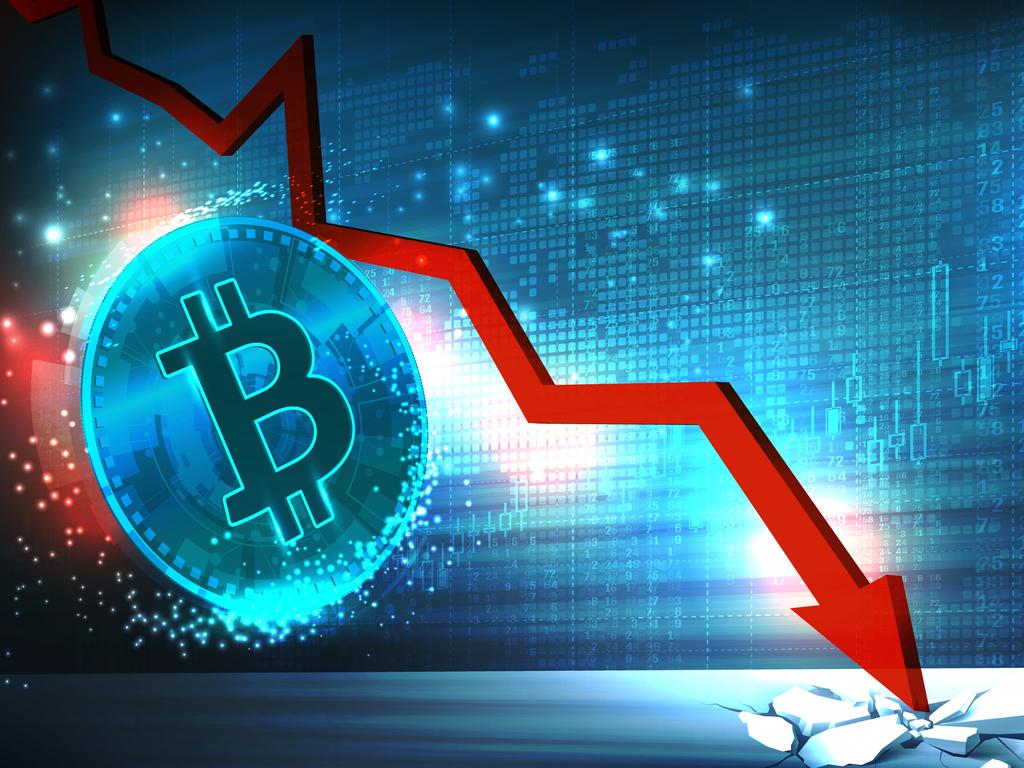Bear market: Stay calm and get set for the recovery

Here is why it won’t be like you probably expect in Australia.
The global bear market outside Australia in US dollars – officially entered into on June 13 – sounds scary. But stay cool. Since good global data started in 1969, the median time from piercing -20 per cent to a bear market’s low is an amazingly short 0.8 months, again in US dollars – and only another -7.6 per cent drop.
From the low back to -20 per cent has taken a similarly brief median 0.3 months. The rally is likely soon. Selling now risks missing it – and makes 2022’s declines much harder to recoup.
So look forward to the recovery – which probably and unfortunately should run strongest outside Australia. Why? Because categories that fall most also regularly bounce the most in recoveries. The ASX has thus far eluded much of 2022’s swoon. Market make-up is a major reason why. Its buoyant effect in this year’s drop presents a rebounding headwind.
Ordinarily, value stocks lead bear markets down because they are more dependent on the economy than growth stocks when recession hits. Recovery sends those that survive soaring early in the ensuing bull market.
Not now. Since January’s global high, world growth stocks’ plunge triples value’s slide. Australian growth stocks are down -13.9 per cent while your value stocks are up slightly!
Many falsely believe lofty valuations and rising rates killed growth stocks’ long dominance.
No! The truth: today’s global value strength – and Australian leadership – is inextricably entangled with bearishness. Through May, global stocks rose 49 days this year. Growth beat value 71.4 per cent of those days. Stocks fell 58 days. Value beat growth 81.0 per cent of them. Stocks fall, value leads. Stocks rise, growth leads. Simple! Yet most importantly, no one seems to notice.
The key is sensing sentiment. Most steep downturns feature one or two big scary stories, like 2020’s Covid lockdowns or 2011’s euro crisis and the soaring Aussie threatening exporters. This time I count fully seven scary stories – mostly denting growth stocks.
Take rising rates. Many see the RBA’s surprise June 0.5 percentage point hike and the US Federal Reserve’s rate hikes increasing long-term rates and squashing growth stocks.
They argue higher rates decrease future earnings’ value, damaging tech and growth firms’ sparkly profit projections. That theory is false – since 1973, world tech stocks outperformed in over half of the years when rates rose – but it saps sentiment regardless.
Sky-high energy prices and commodity shortages, meanwhile, directly benefit the value-dominated energy and materials sectors. Recession fears aid defensive utilities and staples.
Australia’s stocks benefited from this. While value-heavy financials and materials total just 19 per cent of global market capitalisation, they are 57 per cent of Australian market cap. Meanwhile, the world’s biggest sector – growth-centric tech, at 21 per cent of global market cap – is less than 2 per cent of Australia’s market. Growth-dominated consumer discretionary stocks are another 11 per cent globally. In Australia? Just 6 per cent.
Value’s unusual bear market leadership shows forward-looking markets largely pre-priced today’s scary growth stories already. Meanwhile, overlooked positives percolate: the positively sloped global yield curve, Australian tourism reawakening amid a global services revival, America’s accelerating oil production and robust loan growth.
These favour growth in the recovery. Again, what falls hardest jumps highest early in bounce-backs. Consider America for its long market data history. Including all bear markets since 1970, sector returns pre-bottom had a median correlation of -0.73 with returns six months afterwards. Given 1.0 means lock-step movement and -1.0 means polar opposite, that indicates a huge tendency for downturns’ laggards to become leaders – quickly.
Among 2022’s biggest growth stock laggards: consumer discretionary, communications services and tech sectors. Expect big snapbacks in these soon. The US is the epicentre of tech – and tech-like firms in consumer discretionary and communications services. Target luxury goods companies from France and Switzerland.
If I’m wrong? Value stocks still look risky. A deeper and long bear market would suggest a big recession looms. If so, commodity demand will tank, crushing the ASX’s huge commodity producers. Credit would be likely to freeze globally, slamming your big four banks.
The whole value sector is very economically sensitive compared to growth.
If this is a classic bear market, value faces trouble.
In markets, myopia is misery. As hard as it may be, look forward, think global and anticipate the recovery.
Ken Fisher is the executive chairman of Fisher Investments.







An Australian switcheroo sits just ahead. With global stocks and America’s S&P 500 in a bear market – while the ASX 200 enters correction territory – fearful headlines from Amsterdam to Adelaide warn of worse ahead. Yes, more downside may well remain. Bad news won’t vanish. But this is no time to sell. Instead, position now for an unusual recovery. Evidence indicates big growth stocks – largely absent Down Under – will lead it.